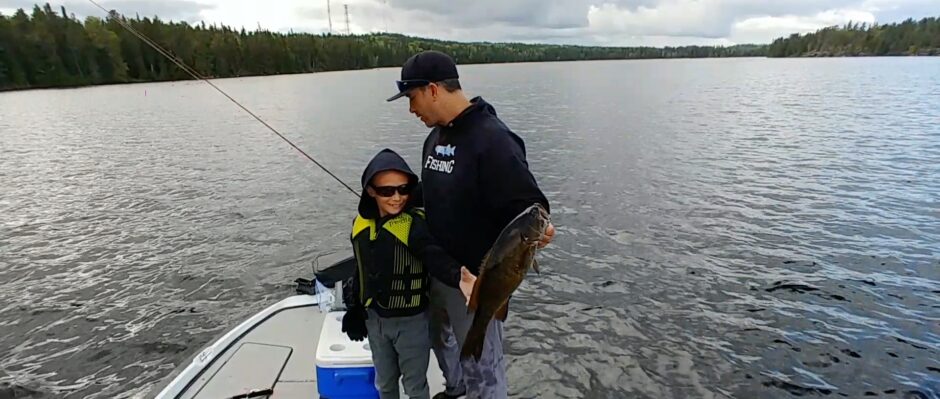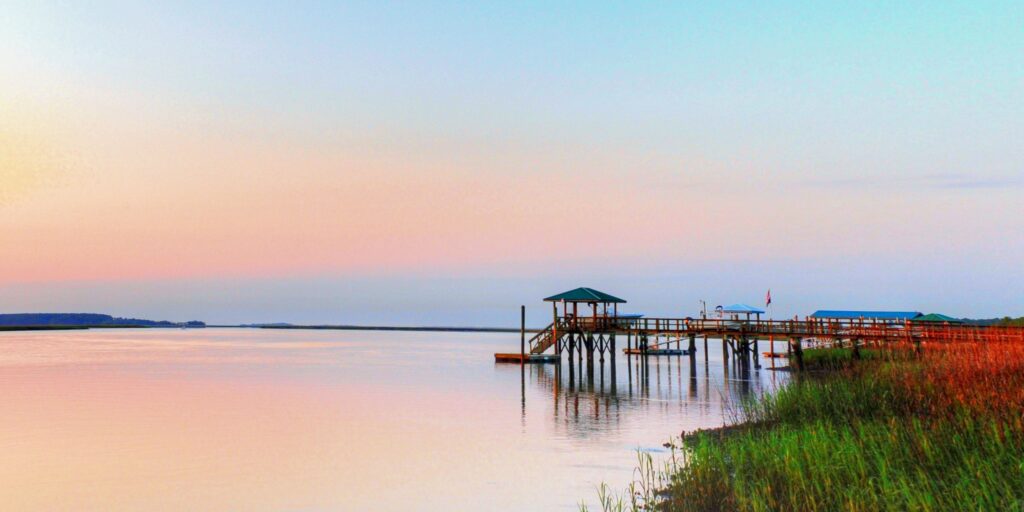
Inshore fishing means fishing within the sight of land. Saying “let’s head inshore” means moving the boat from offshore back towards land. The term inshore fishing is most commonly used with saltwater fishermen. Some of the inshore areas to fish can be creeks, rivers, harbors, jetties and intracoastal waterways. Some anglers consider fishing from the pier or surf to be inshore fishing, while others may refer to inshore fishing as being from a boat in the bays or backwaters. The water that is located behind the barrier islands or farther inshore such as rivers, creeks, etc. is often referred to as inshore waters.
When fishing inshore, there can be a variety of species to catch throughout the year. The popular species that most anglers target inshore are tarpon, redfish, snook and trout.
Some other common fish that are caught inshore are
cobia, shark, sheepshead, whiting, pompano, mackerel, permit, snapper and grouper. It all depends on the area you’re fishing, how much water is there, what depths, etc. In some areas, you will catch mostly redfish and trout with some other fish mixed in and in other destinations, you will catch a little bit of everything.
Inshore Fishing Tips
Know the Tides
The tides can change the depth up to 6 feet in some backwater areas. Make sure you know what times the tides will change. If you don’t pay attention to the tides, you can end up getting stranded as the water recedes. You can also plan your trip based on the tides to make it easier on you for paddling. If you are paddling with the tides, you will end up saving some time and energy.
Fish the Bays
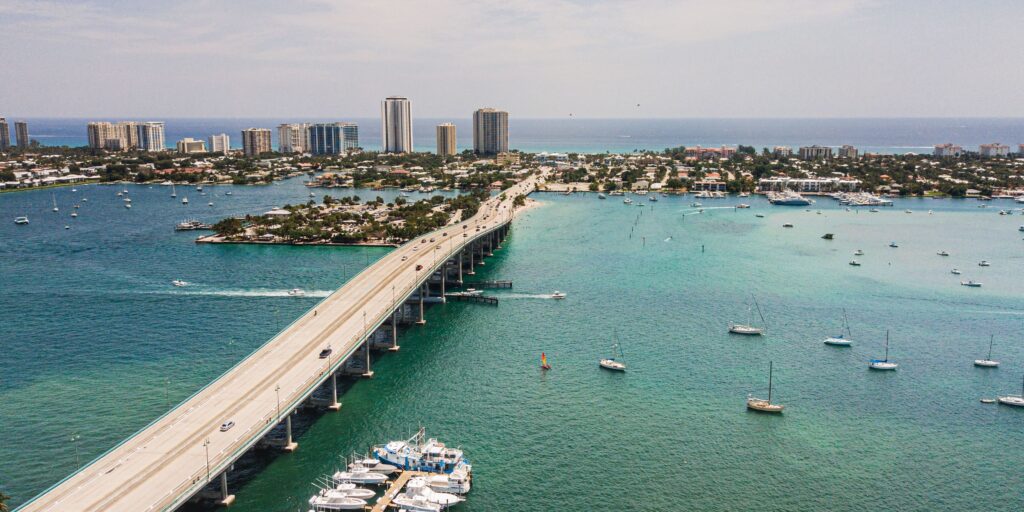
Bay Fishing offers anglers lots of options. The bays are great places to fish for so many different saltwater fish. Depending on what part of the country you are in, you may be catching redfish, snook, sea trout, flounder, tarpon, sharks, striped bass, bluefish or striped bass. The bays usually offer a lot of protection from the wind, which allows anglers a chance to target some big saltwater fish in smaller boats. With little wind, anglers can fish comfortably in most bays with a variety of boats. Skiffs, bay boats and even kayaks will usually be quite safe in the bays. When the winds pick up, most bay boats in the 18 to 22 foot range are still suitable for fishing.
Fish the Bridges
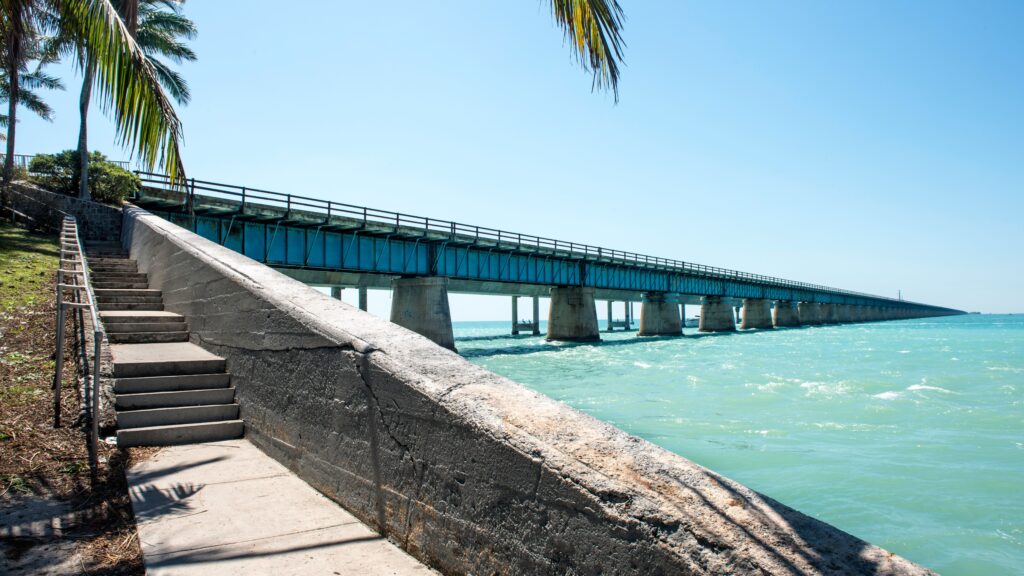
Bridge Fishing is very common among inshore anglers. Depending on where you are fishing, you may have many different options for fishing bridges. Some of the best inshore fishing destinations have several smaller bridges plus some bigger bridges to fish. The smaller bridges will usually hold fish, especially when there is some current during a tidal change. The bigger bridges have deeper water and they will typically hold good numbers of fish to go along with bigger fish on average.
Fish the Canals
Fishing the Canals is a great way to get out of the wind and still experience some good fishing. In many of the developed areas, there will be canals that have homes as well as some businesses such as marinas, restaurants and hotels along the canals. There will usually be plenty of docks and possibly some rock and mangroves in these canals. All types of fish will relate to this cover. Some of the common fish that are caught in canals are snook, redfish, flounder and sheepshead, but the size and depth of the canal will dictate what type of fish you may catch.
Fish the Docks
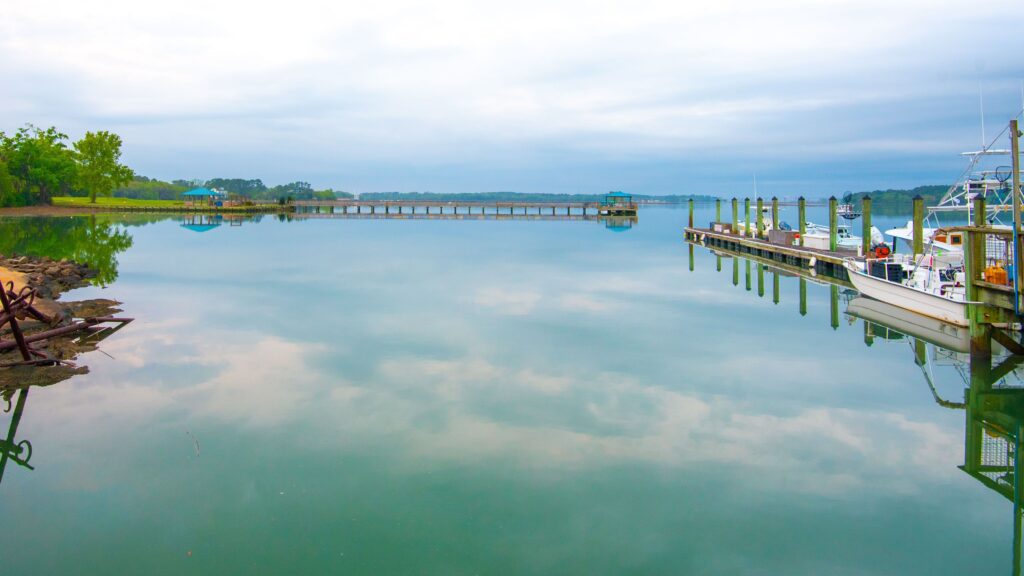
Fishing the Docks is a great way to catch fish inshore. Most anglers target snook, sheepshead and jack crevalle around the docks, but it is not uncommon to find redfish and flounder around the docks as well. Most of the popular salwater fishing destinations are built up enough that you should be able to find some docks to fish if that’s what you want to do. The easiest way to fish the docks is to use a drop-shot rig with a live shrimp. Most anglers don’t fish the drop-shot rig in saltwater, but they are really missing out. This rig allows you to keep your bait a foot or two above the bottom, which is usually just enough to prevent the trash fish (catfish, blowfish, etc.) from biting your bait.
Flats Fishing
Flats fishing can be very exciting, especially in clear water. Anglers fish the flats for a variety of fish, but most anglers fish the flats for redfish, bonefish, sea trout, tarpon, permit, snook and sharks. With water in the 1 to 3 foot range, most saltwater anglers will use a push pole to maneuver the flats without spooking fish. Some anglers will use their trolling motor and some will just get out and wade if it is shallow enough.
Fish the Jetties
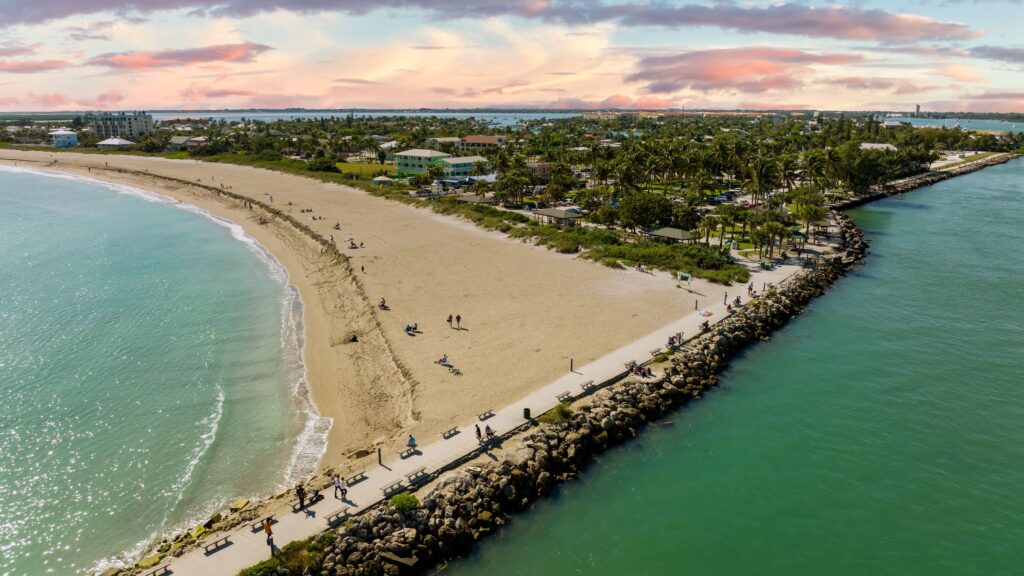
Fishing the Jetties gives anglers a good chance to catch a variety of different saltwater fish plus the chance of landing a big fish at any time. Tidal changes are key to consistently catching fish along the jetties. Incoming and outgoing tides can both be very effective. Some of the popular saltwater fish that are caught off of the jetties are sheepshead, snook, redfish, sea trout, flounder, jack crevalle, spanish mackerel, bluefish, kingfish, tarpon and more.
Fish the Mangroves
Fishing the Mangroves offers anglers a chance to catch several different species of fish in fairly shallow water. Mangroves will hold mangrove snapper, snook, grouper, sheepshead, redfish and others. Tidal changes help improve the bite tremendously and you will often find lots more fish in the mangroves during a high tide. You can fish the mangroves with a variety of different baits and lures, but most anglers will fish with live bait. Pilchards, pinfish and shrimp will work for a variety of fish in the mangroves.
Fish the Passes
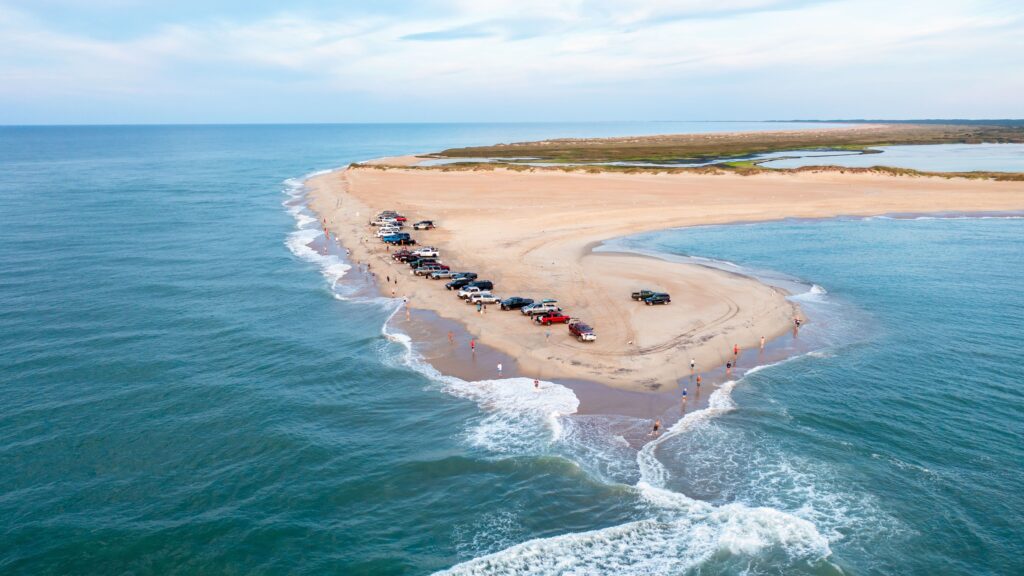
Fishing the Passes are a good way to catch a variety of saltwater fish. A pass, also known as a strait, is where water will enter a narrow, navigable channel of water that connects two larger navigable bodies of water. These areas usually have a good flow of current during tidal changes. Fish will use this channel to move into the bays or back out to the ocean. Bait fish usually gets pushed through the passes with some current, which helps attract much larger fish. Depending on where you are fishing, you may be able to catch redfish, snook, speckled trout, tarpon, sharks and many more types of fish.
Small Boats Fishing
The inshore areas prevent anglers from having to deal with the rough water that you would see out in the ocean or the gulf. Because of this, anglers can get away with much smaller boats as long as they are smart while on the water.
Kayaks, canoes, smaller fiberglass boats, flats boats and SUP are some of the options you have for fishing some of the inshore waters. Most saltwater anglers will target redfish, snook, sea trout and flounder in the south, sea bass on the west coast and striped bass on the northeast coast, but there are so many other types of fish to catch as well. In the smaller boats, it all depends on the weather. When the water is calm, you have so many more options. If the wind is blowing hard, it will be harder to control the boat.
